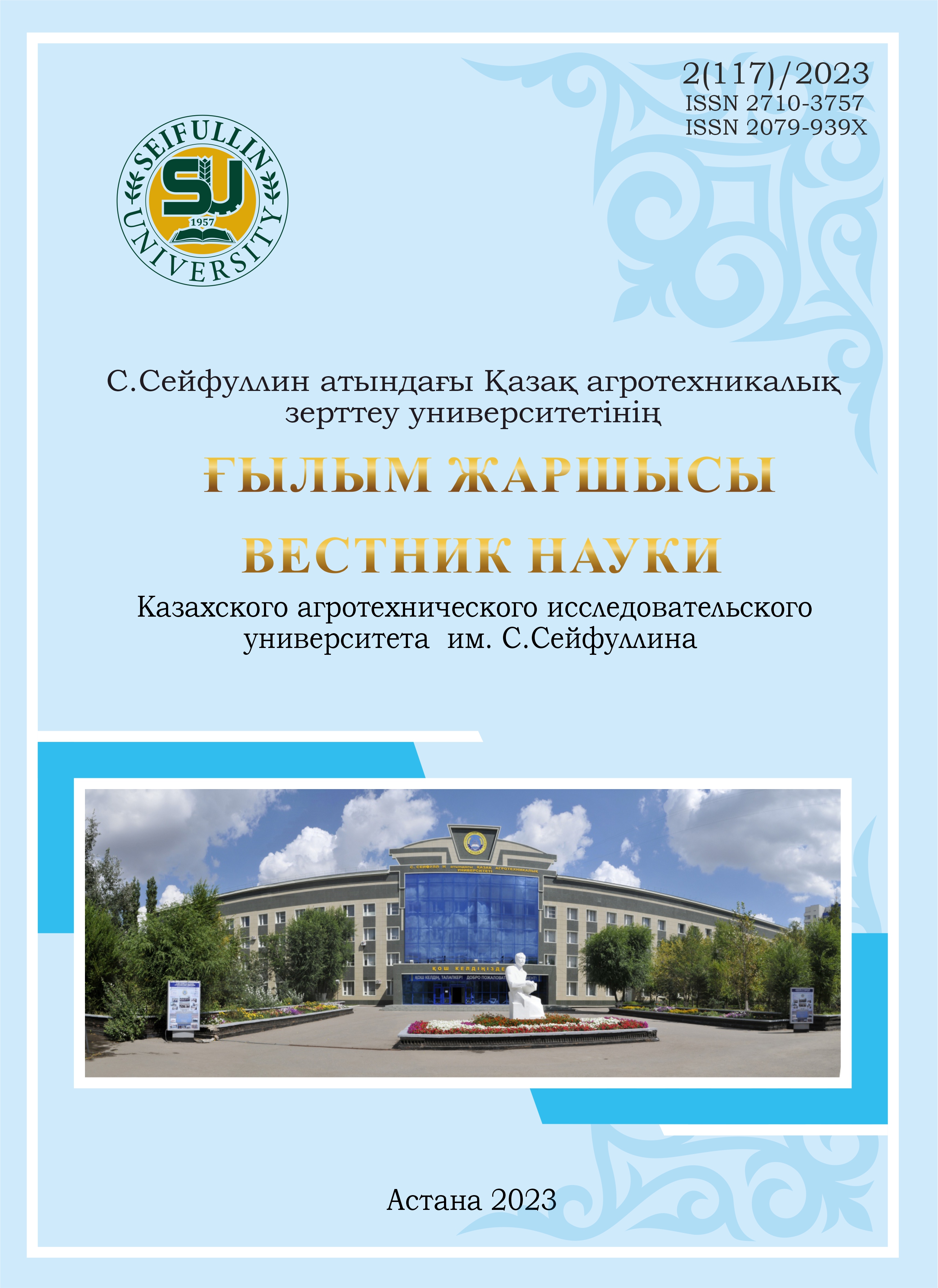PROSPECTS AND CONDITIONS FOR THE INTRODUCTION OF "SMART" ANIMAL HUSBANDRY TECHNOLOGY IN KAZAKHSTAN: FARMERS' VIEW
DOI:
https://doi.org/10.51452/kazatu.2023.2(117).1432Keywords:
agriculture; Precise Livestock Farming technology; cattle farming; grazing-based horse raising; survey; respondent; reference group method.Abstract
Based on the survey of 116 participants who were the top and middle-level managers and technicians of the cattle farms and grazing-based horse-raising farms in Kazakhstan, we described the capacity of the beef and horse-raising industry for the implementation and application of Precise Livestock Farming technology. Over 78% of respondents estimated their awareness of the Precise Livestock Farming technology as at the intermediate-and-below level. At the same time, just 17.6% of respondents defined their farms as having an upper intermediate-to-high capacity for the application of the Precise Livestock Farming technology. Around 35% of respondents mentioned the availability of sufficient information in Kazakhstan about the fundamentals of the Precise Livestock Farming technology; 32.7% of respondents claimed limited availability of information, and 21.6% indicated the lack of relevant information in open access. Besides the limited access to the information, other limitations hindered the promotion of the Precise Livestock Farming technology into practice, including (i) the high cost of equipment, (ii) the lack of expertise of most employees who should directly apply the technology, and (iii) the high dependence of technology on the quality and coverage of the communication network. Based on the survey outcomes, we suggested a comprehensive framework of favorable conditions for the promotion of Precise Livestock Farming technology in Kazakhstan, including (i) the intensification of research on the adaptation and empirical evaluation of the technology addressing the reduction of costs, livestock safety, improvements in quality of products and resource management, with the broad publicizing of the outcomes in mass media and the Internet; (ii) a combination of research and outreach (extension) activities within a single project or program; (iii) implementation of special courses on the Precise Livestock Farming technology into the curriculums of institutions of higher education and professional training; and (iv) governmental financial support for livestock farms implementing the Precise Livestock Farming technology.

